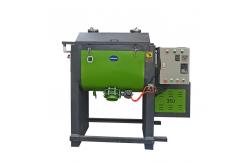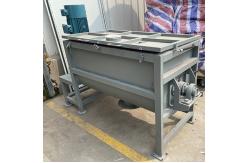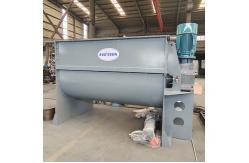Customizable Internal Blade Shape 304 Stainless Steel Ribbon Mixer
|
Customizable internal blade shape 304 stainless steel ribbon mixerStructural features |
||||||||||||||||||||||||||||||||||||||||||||||||||||||||||||
| Model | Motor power (kw) | Spindle speed(r/min) | Primary mixing (kg)m ³ | L*W*H(mm) | Weight (kg) |
| WLDH-0.5 | 5.5 | 41 | 400 | 2900*780*1240 | 1000 |
| WLDH-2 | 15 | 33 | 1600 | 3860*1200*1650 | 2200 |
| WLDH-4 | 22 | 28 | 3200 | 4600*1400*2000 | 4000 |
| WLDH-6 | 37 | 22 | 4800 | 5400*1560*2200 | 6280 |
| WLDH-8 | 45 | 22 | 6400 | 5100*1720*2420 | 8500 |
| WLDH-10 | 55 | 19 | 8000 | 5610*1750*2360 | 9300 |
| WLDH-15 | 90 | 17 | 12000 | 5820*2000*3160 | 11000 |
| WLDH-20 | 110 | 11 | 16000 | 6060*2630*3160 | 13500 |
| More model can be customized | |||||
Application
Ribbon mixers can be widely used in mixing various types of
powdered, granular and bulk materials, mainly including the
following categories:
1. Chemical raw materials
Various powder chemicals such as plastic particles, pigment powder,
activated carbon and other adsorbents
2. Food raw materials
Such as flour, starch and other grain powders, seasonings,
nutritional supplements, medicinal plant extracts
3. Building materials
Such as cement, mortar, dry mortar, ceramic powder, insulation
materials
4. Mining and metallurgical raw materials
Such as ore powder, metal powder, ceramic raw materials, glass
materials.
Service and ordering
Our service
1. Consulting service
Provide professional equipment selection suggestions based on the
specific production needs of customers. Provide detailed
introduction and description of the functions, parameters,
applicable materials, etc. of the equipment.
2. Repair and maintenance
Establish a complete after-sales service network and provide
fast-response repair support.
3. Technical support
Provide customers with technical guidance such as equipment
optimization and process improvement.
4. Spare parts supply
Establish spare parts inventory to ensure that customers can get
the required accessories at any time.
How to choose ribbon mixer
The following key factors need to be considered when selecting a ribbon mixer:
1. Material properties
Physical and chemical properties of materials such as particle
size, shape, density, fluidity, viscosity, cohesion, chemical
corrosion, heat resistance, etc.
2. Production requirements
Required mixing capacity and production capacity, mixing time and
mixing quality requirements, whether a special mixing environment
is required (such as vacuum, inert atmosphere, etc.)
3. Mechanical structure
Parameters such as the material, length, inclination angle of the
screw ribbon, the material and structural form of the shell (such
as single screw, twin screw, etc.), supporting auxiliary equipment
such as feeding, unloading, control system, etc.
4. Safety and environmental protection
Whether explosion-proof, dust-proof and other safety designs are
required, whether dust emissions meet environmental protection
requirements, and whether special cleaning and maintenance measures
are required.
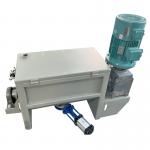
|
Special Movement Ribbon Blender Machine for Mixing of High-Viscosity or Fiber-Containing Materials |
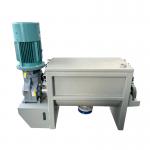
|
Compact Easy-to-Clean Ribbon Blender Machine for Uniform Mixing of Powder and Granular Materials |
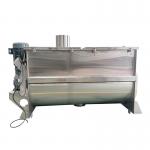
|
Horizontal Trough Ribbon Blender Machine For Fast And Uniform Mixing In Chemical Food And Building Material Industries |
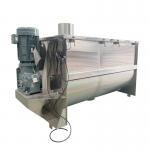
|
Horizontal Helical Ribbon Mixer For Mixing Of Materials With Large Differences In Specific Gravity And Particle Size |
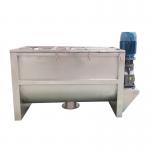
|
Industrial Ribbon Blender Machine For Fast And Accurate Blending In Chemical Food And Pharmaceutical Fields |
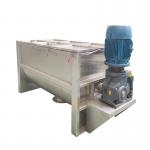
|
Ribbon Blender Machine Perfect Mixing Equipment For Chemical Food And Pharmaceutical Industries |

